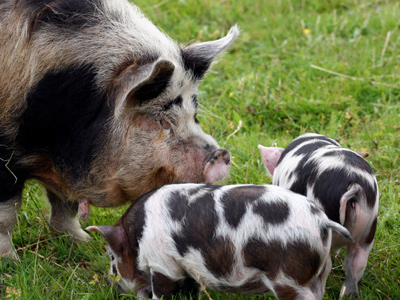

Knowledge of Language - The Apostrophe
This English Language quiz is called 'Knowledge of Language - The Apostrophe' and it has been written by teachers to help you if you are studying the subject at middle school. Playing educational quizzes is a fabulous way to learn if you are in the 6th, 7th or 8th grade - aged 11 to 14.
It costs only $19.50 per month to play this quiz and over 3,500 others that help you with your school work. You can subscribe on the page at Join Us
Apostrophes (’) are used in two ways. First, they show ownership or possession of singular and plural nouns. Second, they are used to show when there is a missing letter in a contraction.
Jeff and David go to the same school. That is ______ and ______ school.
The people walked to the court. It was the ________ court.
She would not go to the park and she ______ stay there either.
Frances bought a new party dress. The party dress is ________.
The house on the corner is where John lives. ______ house is on the corner.
Trevor brought his car and Jared brought his own car. They are ________ and _______ cars.
They are afraid to walk down the alley because _______ scared of the darkness.
The animals were given vitamins. They are the _________ vitamins.
We went to see the Lincoln Monument. Have you ever seen _________ Monument?
He is not going to the picnic because he _____ ready.
Ready for more?
not all...
quizzers. Try to win a coveted spot on our Hall of Fame Page.






